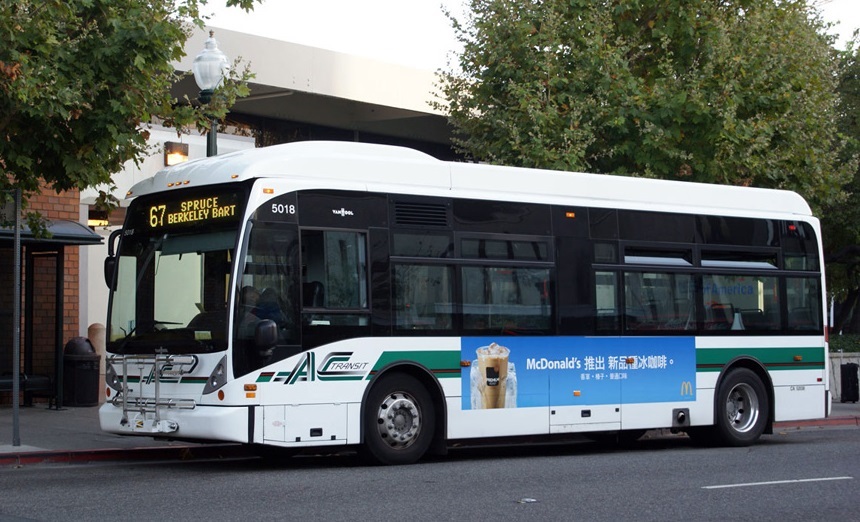For years, public bus systems have grappled with the challenge of providing efficient and comfortable transportation for a diverse ridership. Crowded buses, unpredictable seating availability, and anxieties surrounding accessibility can all contribute to a less-than-ideal experience. Could the solution lie in a concept once relegated to airlines and trains: bus schedule for bus seating?
INNOVATIVE BUT EFFECTIVE
The idea of reserving a specific seat on a public bus might seem unconventional. Yet, in an era of increased demand and heightened awareness of personal space, exploring innovative solutions for improving the passenger experience is crucial. Imagine boarding a bus knowing you have a guaranteed seat, eliminating the stress of the morning rush and the uncertainty of finding a place to sit.
Several potential benefits arise from implementing a scheduled seating system on public buses. Firstly, it could significantly reduce overcrowding, particularly during peak hours. By limiting the number of available seats per route, transit authorities can better manage passenger flow and ensure a more comfortable ride for everyone.
IMPROVING ACCESSIBILITY
Secondly, scheduled seating could enhance accessibility for individuals with disabilities or mobility issues. Designated accessible seats could be reserved in advance, guaranteeing priority access and minimizing the need for awkward or uncomfortable requests.
Furthermore, a reservation system could provide valuable data for transit planning. By tracking seat reservations, authorities can gain insights into passenger demand patterns, identify popular routes and times, and optimize bus schedules accordingly. This data-driven approach can lead to more efficient allocation of resources and improved service delivery.
However, the implementation of scheduled seating also presents challenges. The logistics of managing reservations, enforcing seat assignments, and accommodating spontaneous riders would require careful planning and technological infrastructure. Concerns about equity and access for riders who lack access to technology or prefer spontaneous travel would also need to be addressed.
POTENTIAL FOR COMMUTING
Despite these challenges, the potential benefits of bus schedule for bus seating on public buses are significant. As cities continue to grow and public transportation becomes increasingly vital, exploring innovative solutions like scheduled seating is essential to ensuring efficient, comfortable, and accessible transportation for all. Further research and pilot programs are needed to assess the feasibility and effectiveness of this concept and determine whether it could be the future of public bus travel.
